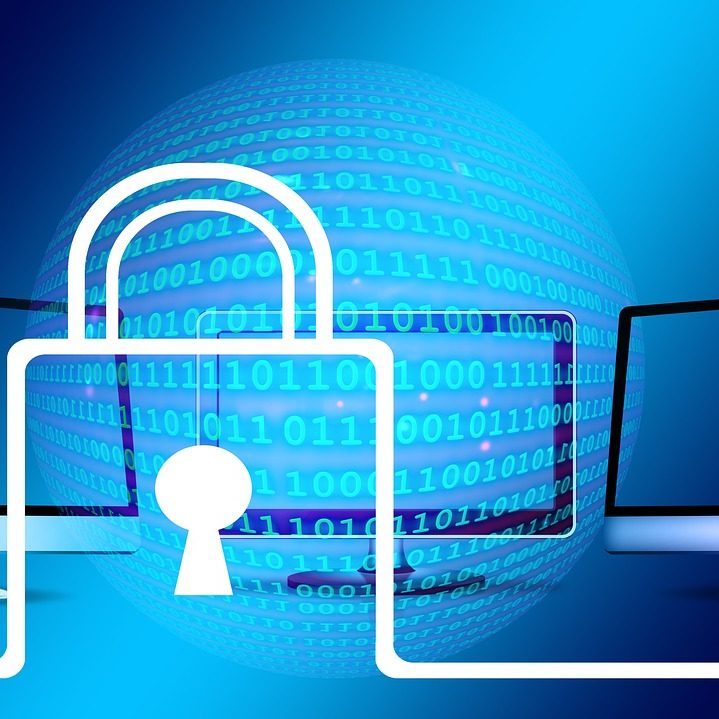SIEM as a Service
We’re Pleased to Announce our SIEM-as-a-Service Offering
Technical and staffing gaps create many vulnerabilities across the IT landscape. Whether it’s a misconfiguration or failure to patch, an overworked tech or role that you haven’t been able to fill.
Bad actors work diligently to take advantage of weak points and problem spots. With SIEM-as-a-Service, your team can leverage the experience and resources of our team to help you fill those gaps and keep a watchful eye on what fuels your operations and, of course, your organization.
Questions to Think About When Evaluating a SIEM (or a Managed SIEM)
1.What type of data sources do you need to monitor? (e.g., network traffic, logs, cloud services, etc.)
2. How much data do you need to collect and analyze? (e.g., number of events per second, amount of storage needed)
3. What are your compliance requirements? (e.g., HIPAA, PCI DSS, GDPR)
4. What is your budget for SIEM services?
5. What level of threat intelligence do you need? (e.g., basic signatures, advanced machine learning)
6. How will you manage and respond to security incidents detected by the SIEM?
7. What level of customization and integration do you require? (e.g., ability to integrate with other security tools or services)
8. What level of support and expertise do you need from the SIEM provider?
9. What is your timeline for deployment and implementation?
10. How will you measure the success of the SIEM solution?
2. How much data do you need to collect and analyze? (e.g., number of events per second, amount of storage needed)
3. What are your compliance requirements? (e.g., HIPAA, PCI DSS, GDPR)
4. What is your budget for SIEM services?
5. What level of threat intelligence do you need? (e.g., basic signatures, advanced machine learning)
6. How will you manage and respond to security incidents detected by the SIEM?
7. What level of customization and integration do you require? (e.g., ability to integrate with other security tools or services)
8. What level of support and expertise do you need from the SIEM provider?
9. What is your timeline for deployment and implementation?
10. How will you measure the success of the SIEM solution?
Governance, Risk and Compliance Tool
- A Governance, Risk and Compliance (GRC) tool is a software solution designed to help organizations manage and mitigate risks, comply with regulations and standards, and ensure effective governance practices. One common feature of GRC tools is the ability to monitor and analyze network traffic and system logs for potential security threats. A GRC tool may detect a suspicious login attempt from an unfamiliar IP address and automatically block access to the system, preventing the attacker from gaining further access to the network. Or identify a vulnerability in a system or application and automatically generate a risk assessment report and notify IT staff, who can take steps to patch the vulnerability before an attacker exploits it.
- GRC functions include:
- Risk Management: GRC tools enable organizations to identify, assess, and prioritize risk.
- Compliance Management: GRC tools help organizations comply with regulations and standards by providing compliance management frameworks and workflows
- Policy Management: GRC tools support policy development and management by providing workflows for policy creation, distribution, and approval
- Audit Management: GRC tools provide audit management functionalities to help organizations plan, schedule, and conduct audits
- Reporting and Analytics: GRC tools provide dashboards and reports to help organizations track GRC performance and monitor compliance with relevant regulations and standards
Investigation, Visualization and Reporting Tool
- An Investigation, Visualization, and Reporting (IVR) tool is a software application that is designed to collect, analyze, and present security-related data in a way that helps security teams to investigate, visualize, and report on security incidents and threats much faster. IVR tools typically provide a graphical user interface that allows security analysts to quickly and easily review and analyze data from multiple sources, such as network logs, endpoint data, and security events from various security solutions.
- This also helps to improve organizational security through:
- “Proactive Threat Hunting” to help security teams identify suspicious patterns or behaviors that may indicate a potential security threat and
- “Enhanced Reporting” to generate detailed reports that provide insights into security incidents, allowing security teams to identify trends and patterns that can inform future security strategies.
Vulnerability Assessment and Management tool
- Vulnerability Assessment and Management (VAM) tool can help prevent a cybersecurity attack as it’s used to regularly scan networks for vulnerabilities.
- This can help an organization in a variety of ways:
- An organization may use a VAM tool to regularly scan its network for vulnerabilities and may detect a vulnerability in a payment processing web application.
- The IT team now has a heads-up, with detailed information about the affected system and the severity of the vulnerability, to prioritize the vulnerability and take appropriate actions to remediate it.
- They can use their VAM tool’s reporting and prioritization features to quickly deploy a patch to the web application to fix the vulnerability and prevent attackers from exploiting the vulnerability to gain unauthorized access to the payment processing system.
Email Security Service
- An Email Security Service should protect your organization from email-based threats such as spam, phishing, and malware. This may include advanced threat detection and prevention capabilities (ie email filtering, anti-spam and anti-phishing controls, and attachment scanning).
- An attacker may send a phishing email to an employee of an organization designed to look like it is from a trusted source, (ie a bank or a supplier), and contains a link to a malicious website that may include malware or ask them to enter sensitive information into a fake login page. If the organization has an email security service in place, the service may be able to stop the attack before it reaches the employee’s inbox. The email security service may detect the phishing email based on the sender’s reputation, the email’s content, or malicious links or attachments. The service may then quarantine the email or delete it before it reaches the employee’s inbox, preventing the attack from succeeding.
- While many Email Security Services are available, the best fit is always determined based on your needs.
- What risks are your biggest concerns today?
- Have you experienced a similar style of attack or threat before and how did you handle it?
Need Cybersecurity Help Now?
Are you in need of a cybersecurity evaluation? Is your organization facing a threat? Get in touch with us today!

Fast support





